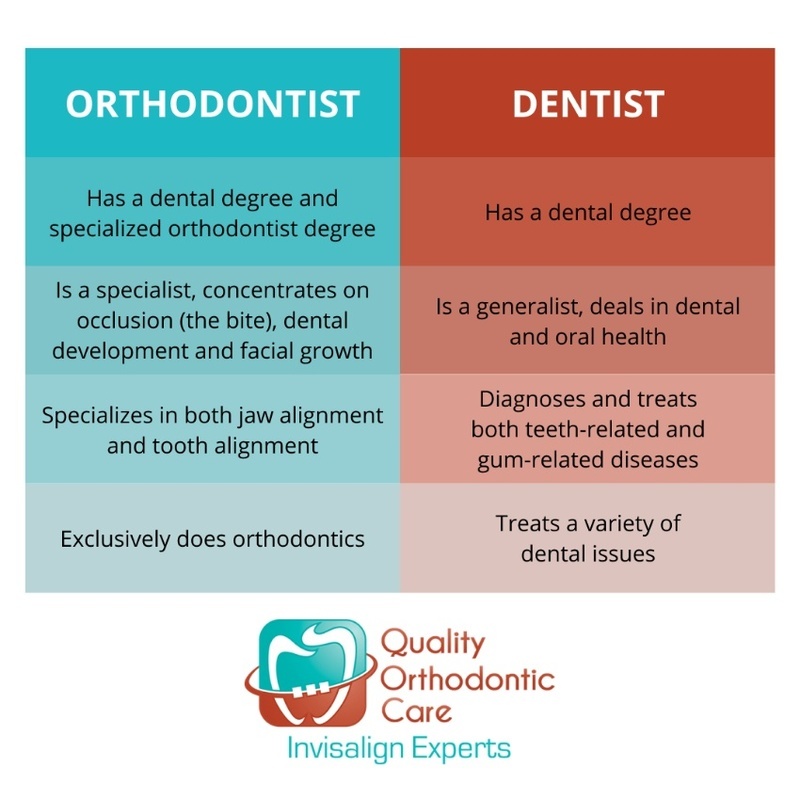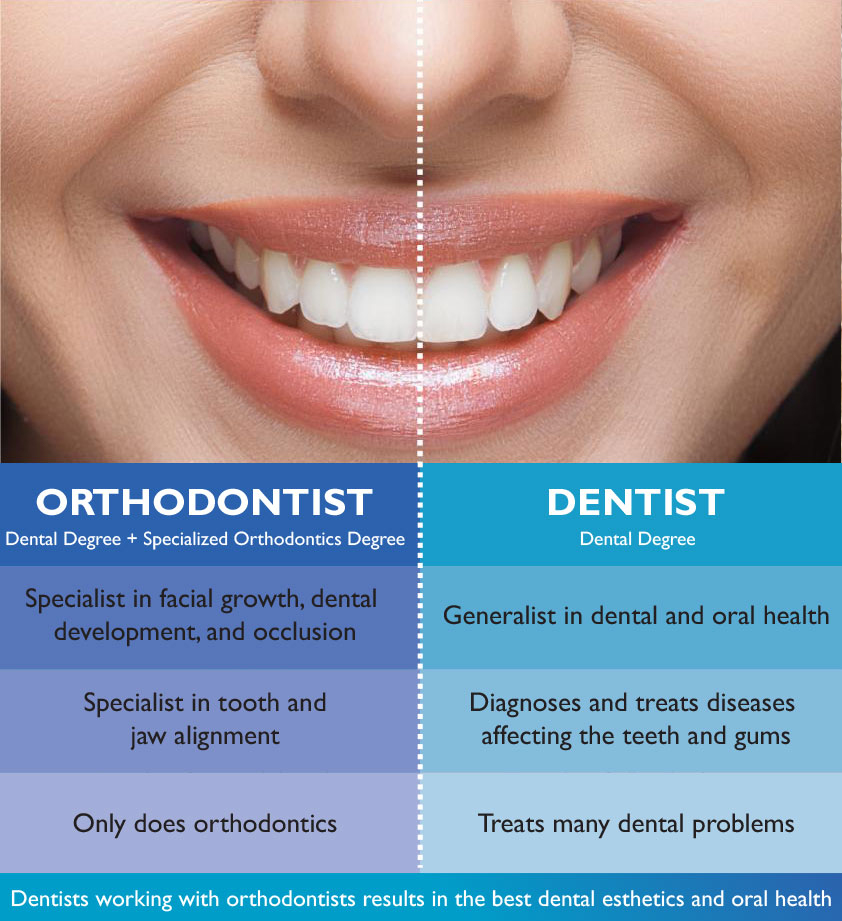Top Guidelines Of Causey Orthodontics
Table of ContentsThe Causey Orthodontics DiariesSome Ideas on Causey Orthodontics You Need To KnowEverything about Causey OrthodonticsThe Main Principles Of Causey Orthodontics The 7-Minute Rule for Causey Orthodontics
Neglecting occlusal connections, it was typical to remove teeth for a variety of oral problems, such as malalignment or overcrowding. The idea of an intact dentition was not commonly valued in those days, making bite correlations seem unimportant. In the late 1800s, the principle of occlusion was necessary for creating reliable prosthetic substitute teeth.As these concepts of prosthetic occlusion advanced, it came to be an invaluable device for dental care. It was in 1890 that the job and impact of Dr. Edwards H. Angle started to be really felt, with his contribution to modern-day orthodontics particularly notable. Originally concentrated on prosthodontics, he educated in Pennsylvania and Minnesota before routing his focus towards oral occlusion and the treatments required to keep it as a normal problem, thus coming to be referred to as the "dad of modern-day orthodontics".

The principle of excellent occlusion, as proposed by Angle and integrated into a classification system, enabled a shift in the direction of dealing with malocclusion, which is any type of variance from typical occlusion. Having a full set of teeth on both arcs was very looked for after in orthodontic therapy because of the requirement for exact relationships in between them.
Causey Orthodontics Things To Know Before You Get This
As occlusion ended up being the vital top priority, facial percentages and aesthetic appeals were overlooked - Causey Orthodontics. To attain perfect occlusals without making use of external forces, Angle proposed that having excellent occlusion was the finest means to gain maximum facial looks. With the passing away of time, it became rather noticeable that even an exceptional occlusion was not suitable when thought about from a visual factor of sight
It came to be noticeable that orthodontic treatment might adjust mandibular growth, leading to the development of useful jaw orthopedics in Europe and extraoral force steps in the US. Nowadays, both practical home appliances and extraoral gadgets are applied around the world with the purpose of amending development patterns and kinds. Seeking real, or at least improved, jaw partnerships had actually ended up being the primary purpose of therapy by the mid-20th century.
More About Causey Orthodontics
 Up until the mid-1970s, dental braces were made by wrapping steel around each tooth. http://causeyorthodontics.website3.me/., it came to be possible to rather bond steel brackets to the teeth.
Up until the mid-1970s, dental braces were made by wrapping steel around each tooth. http://causeyorthodontics.website3.me/., it came to be possible to rather bond steel brackets to the teeth.This has had significant results on orthodontic treatments that are provided frequently, and these are: 1. Right interarchal partnerships 2. Appropriate crown angulation (suggestion) 3.
The benefit of the style lies in its brace and archwire mix, which needs only minimal wire flexing from the orthodontist or medical professional (orthodontist near me). It's appropriately called after this feature: the angle of the port and density of the bracket base eventually figure out where each tooth is located with little requirement for extra manipulation
Our Causey Orthodontics PDFs
Both of these systems utilized similar brackets for every tooth and demanded the flexing of an archwire in three planes for finding teeth in their preferred placements, with these bends determining ultimate placements. When it pertains to orthodontic home appliances, they are split right into 2 types: detachable and taken care of. Removable appliances can be tackled and off by the individual as called for.

Therefore, mostly all modern set home appliances can be considered variants on this edgewise appliance system. Early 20th-century orthodontist Edward Angle made a significant contribution to the world of dental care. He created 4 unique appliance systems that have actually been made use of as the basis for numerous orthodontic treatments today, disallowing a few exemptions.
See This Report on Causey Orthodontics

The wire ended in a string, and to relocate onward, a flexible nut was utilized, which enabled for a boost in area. By ligation, each private tooth was connected to this extensive archwire (best orthodontist). Because of its restricted variety of movement, Angle was not able to achieve specific tooth placing with an E-arch
These tubes held a firm pin, which might be repositioned at each appointment in order to move them in position. Dubbed the "bone-growing appliance", this contraption was thought to encourage much healthier bone development due to its possibility for transferring pressure directly to the roots. Nonetheless, executing it proved frustrating in truth.
Comments on “The Only Guide for Causey Orthodontics”